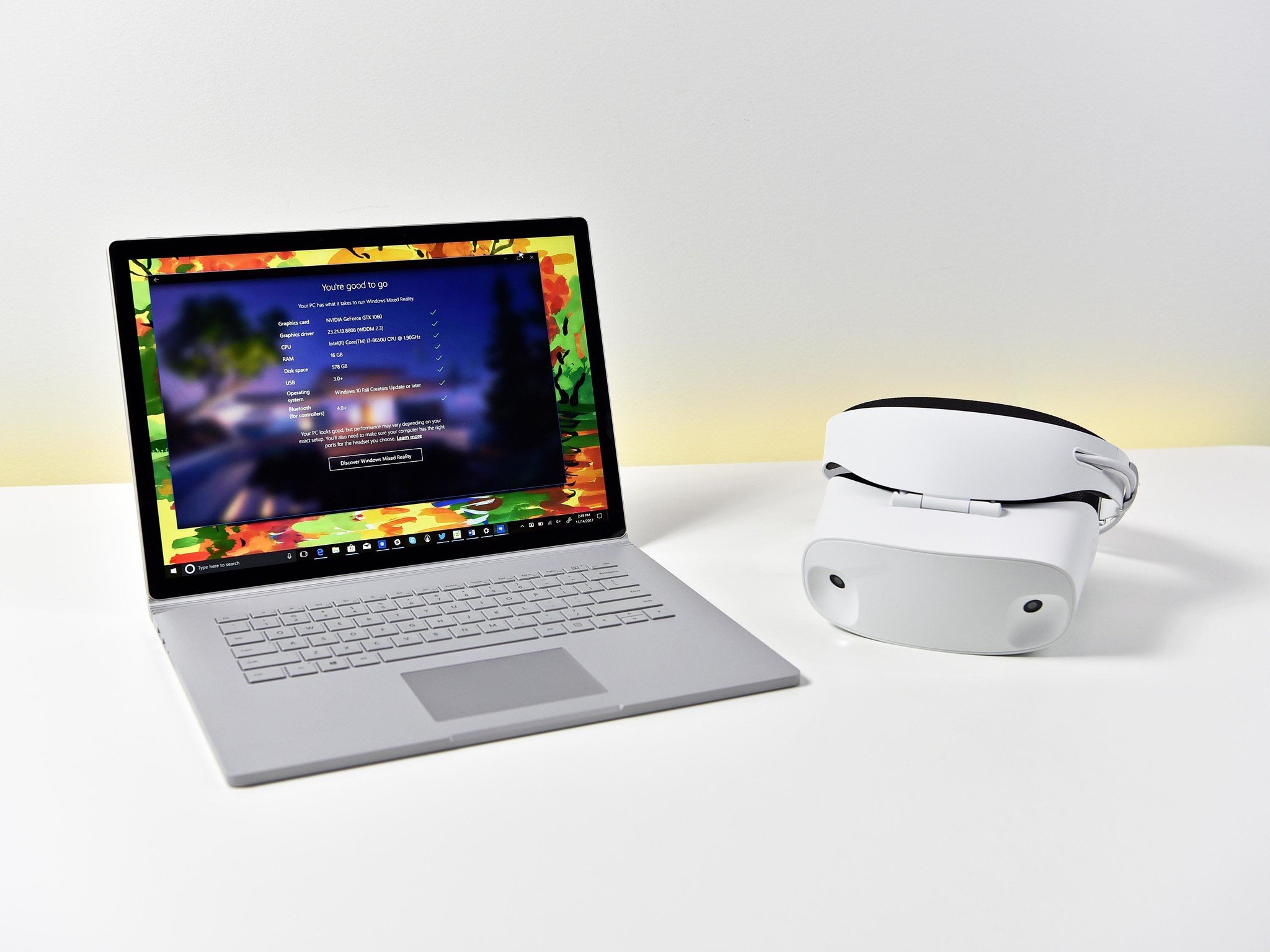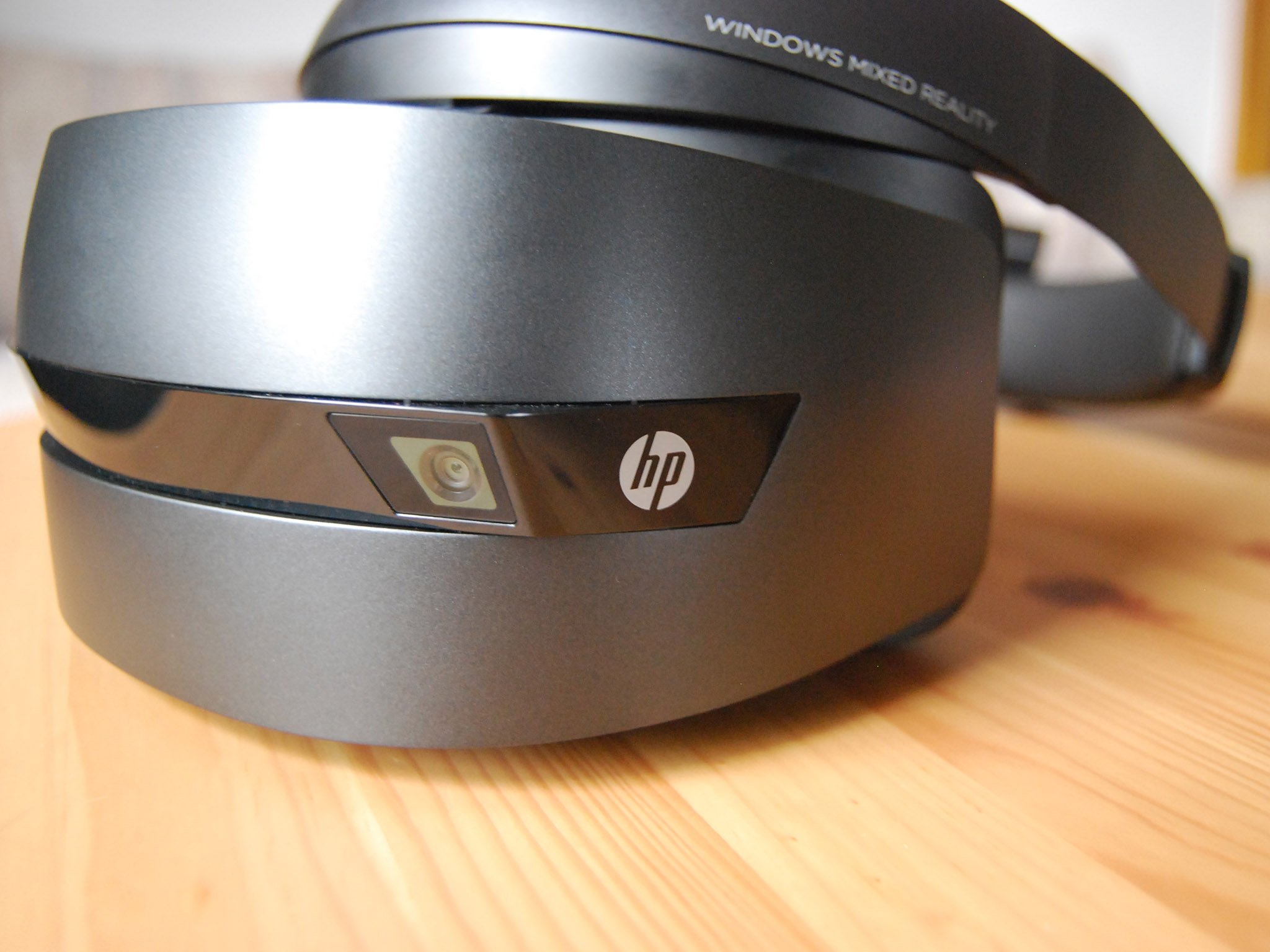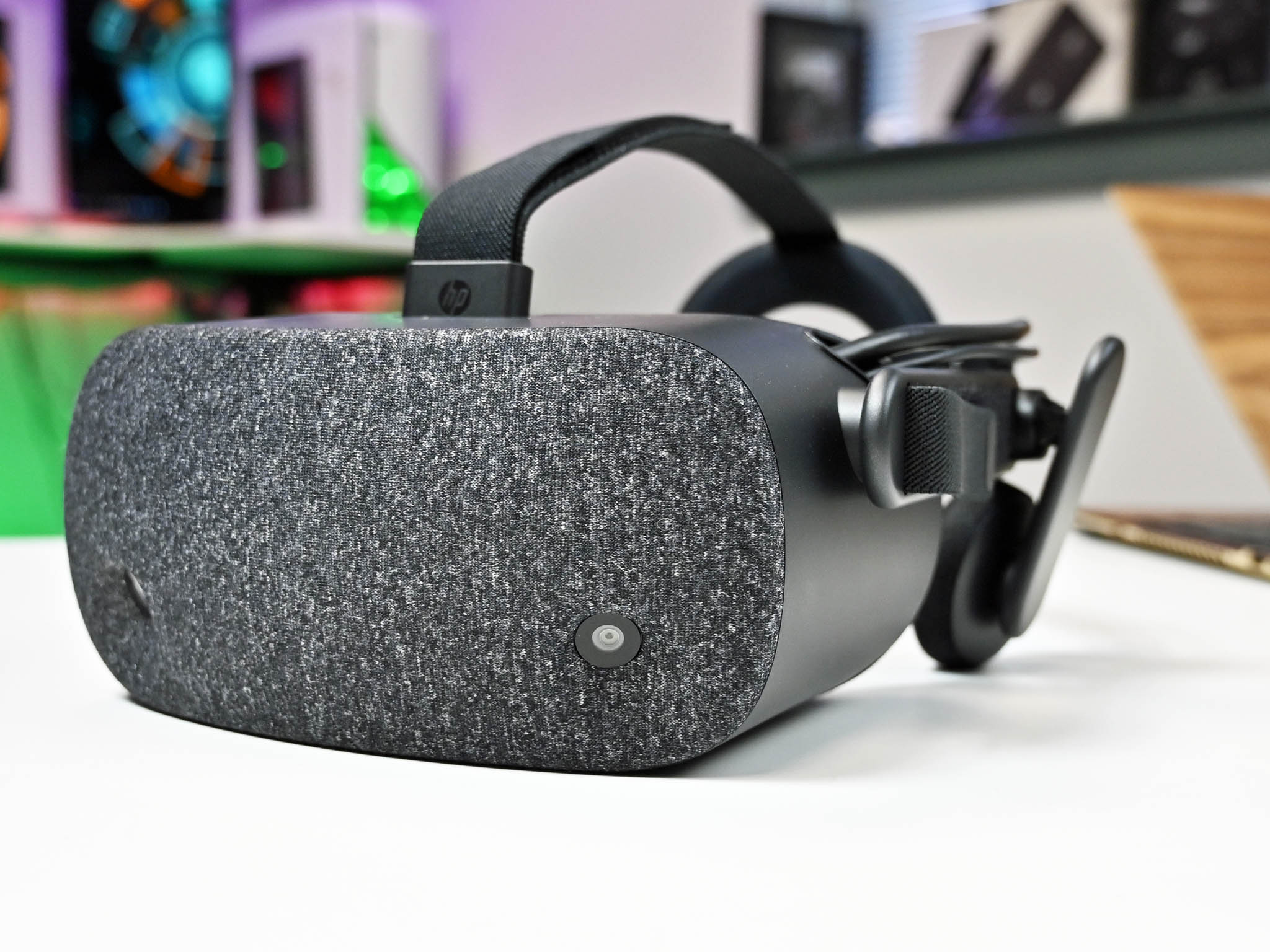Windows Mixed Reality minimum PC requirements

Windows Mixed Reality (WMR) is Microsoft's take on PC-powered VR, and there are multiple head-mounted displays (HMD) available from popular manufacturers. A couple main sellings points of WMR is its relatively low entry cost and the fact that it doesn't need an incredibly beefy PC to get off the ground. To help you figure out whether or not you have the PC power to properly handle WMR, we've put together this collection of hardware requirements.
Windows Mixed Reality Ultra and Standard tiers
Microsoft has set two tiers of performance for WMR — Ultra and Standard — each understandably with its own set of minimum PC requirements. But what's the difference between these two tiers? PCs capable of handling the Standard tier of WMR need only be equipped with integrated graphics, while the Ultra WMR tier requires a dedicated graphics card (GPU). WMR Ultra is designed to maintain 90 frames-per-second (FPS) for a smooth, comfortable experience, whereas WMR Standard can dip as low as 60 FPS.
Let's take a look at how the minimum PC requirements for WMR Ultra and Standard differ. Keep in mind these specs are bare minimum suggested for handling WMR, and any superior hardware will only make the experience better.
| Hardware | WMR Standard | WMR Ultra |
|---|---|---|
| Processor | 7th Gen Intel Core i5-7200U | 4th Gen Intel Core i5-4590 (or better) AMD Ryzen 5 1400 |
| Graphics | Integrated Intel HD Graphics 620 | Dedicated NVIDIA GTX 1060 (or better) AMD RX 470/570 |
| RAM | 8GB DDR3 Dual-channel | 8GB DDR3 Single-channel |
| Connectivity | HDMI 1.4 (or) DisplayPort 1.2 USB-A 3.0 (or) USB-C 3.0 Bluetooth 4.0 | HDMI 2.0 (or) DisplayPort 1.2 USB-A 3.0 (or) USB-C 3.0 Bluetooth 4.0 |
| Expected FPS | 60Hz | 90Hz |
Notice the decreased CPU requirements for WMR Ultra. That's because a dedicated GPU is handling a lot of the work, whereas WMR Standard has graphics integrated with the CPU handling most of the work. Keep in mind that while these are the recommended specs for the HMD hardware, individual games compatible with WMR will have differing requirements.
With some manufacturers releasing (or planning to release) high-end headsets like HP's Reverb, PC requirements will move away from Microsoft's suggestions listed above. In the case of the Reverb, HP recommends at least a NVIDIA GTX 1080 dedicated GPU, an Intel Core i7 processor (CPU), and 16GB of RAM. This advanced hardware helps with the Reverb's elevated resolution hit a 90Hz refresh rate. Most content would no doubt run on the Reverb with lesser hardware, though the end result would likely be less than desired.
Disregarding special cases, most modern Ultrabooks have the integrated graphics required to run WMR Standard, but you'll want to be sure when buying that the laptop has the right ports to connect the HMD. You can, of course, also invest in a powerful gaming laptop designed for VR if you'd like to run a portable WMR Ultra setup. There are also plenty of quality pre-built desktop PCs available that are ready to run WMR Ultra straight from the factory.
If you're unsure what exactly is inside your PC, you can always download and run the Windows Mixed Reality PC Check app that will automatically detect whether or not your PC is ready to handle WMR.
All the latest news, reviews, and guides for Windows and Xbox diehards.

Cale Hunt brings to Windows Central more than nine years of experience writing about laptops, PCs, accessories, games, and beyond. If it runs Windows or in some way complements the hardware, there’s a good chance he knows about it, has written about it, or is already busy testing it.


